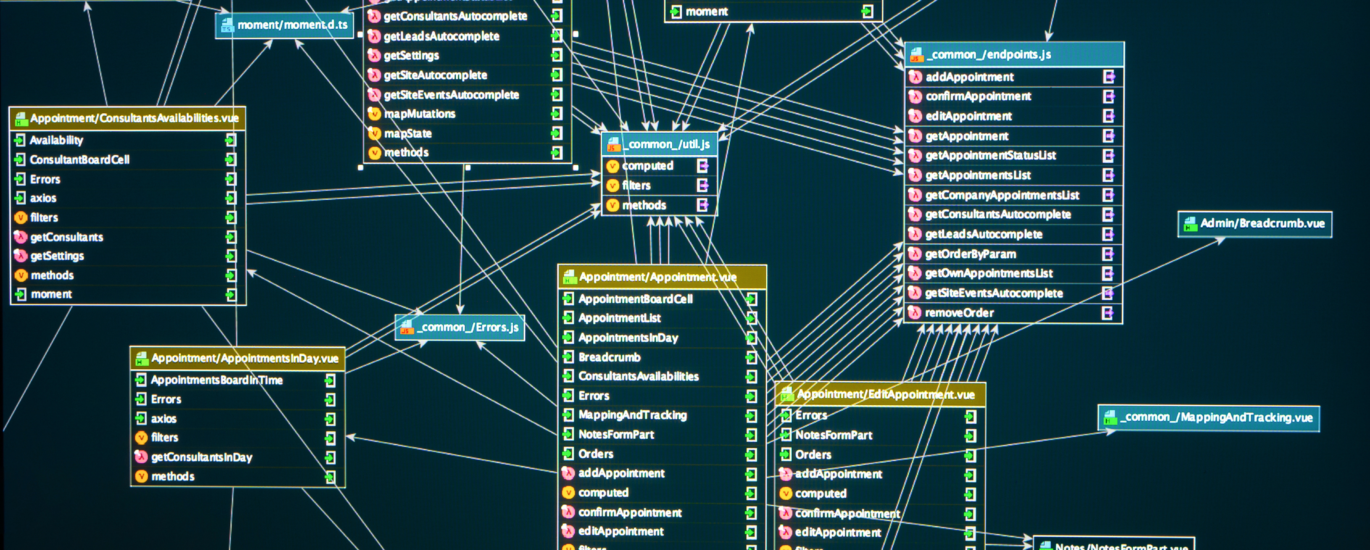Imagine a scenario where you’re managing a multi-phase project with multiple stakeholders, deadlines, and dependencies. Traditional spreadsheets feel like they’re crumbling under the weight of your requirements. That’s where Airtable steps in, revolutionizing how teams approach project management. Combining the simplicity of spreadsheets with the robust power of databases, Airtable transforms complex projects into streamlined workflows.
In this blog, we’ll explore how Airtable works, why it’s a game-changer for project managers, and actionable tips to make the most of its features.
Why Airtable is the Swiss Army Knife of Project Management
Airtable excels because of its customizable flexibility and its ability to integrate with other tools. Here’s what sets it apart:
- Custom Views for Every Team Member: Airtable allows project managers to toggle between grid views, Kanban boards, calendars, or gallery views. For instance, a marketing manager may prefer a Kanban board to track the status of content campaigns, while a financial analyst can switch to a grid view to manage budgets.
- Seamless Collaboration: Unlike static spreadsheets, Airtable is built for collaboration. Team members can tag each other, add comments, and share files, keeping all communications in one place.
- Integration-Friendly: Whether you’re working with Slack, Google Drive, or Trello, Airtable integrates seamlessly to enhance workflow efficiency.
- Automation for Efficiency: Automate routine tasks like sending reminders, updating statuses, or notifying teams when dependencies are completed.
How Airtable Transforms Project Workflows
Scenario 1: Managing Content Creation
A marketing team used Airtable to streamline their blog production workflow:
- Setup: They created a table with columns for blog titles, assigned writers, deadlines, and approval statuses.
- Views: Writers used Kanban boards to manage their drafts, while editors used calendar views to track deadlines.
- Automation: Writers were notified automatically once edits were completed, reducing back-and-forth emails.
Result: The team increased their publishing capacity by 25%, meeting deadlines consistently while maintaining quality. (Source: Airtable Blog, 2022)
Scenario 2: Simplifying Product Launches
A product team preparing for a global launch leveraged Airtable to organize every detail:
- Dependencies: Linked production, marketing, and logistics tasks, so delays in manufacturing were immediately visible to the marketing team.
- Collaboration: External vendors accessed Airtable to provide real-time updates on shipments.
- Dashboards: Leadership used dashboards to review progress, ensuring alignment across teams.
Result: The product launched in 20 markets simultaneously, with zero delays. (Source: Case Study from Airtable)
Conclusion
Airtable isn’t just a project management tool; it’s a game-changer that empowers teams to work smarter. Whether you’re leading a product launch, managing a marketing campaign, or coordinating global teams, Airtable offers the versatility and power you need to succeed.






